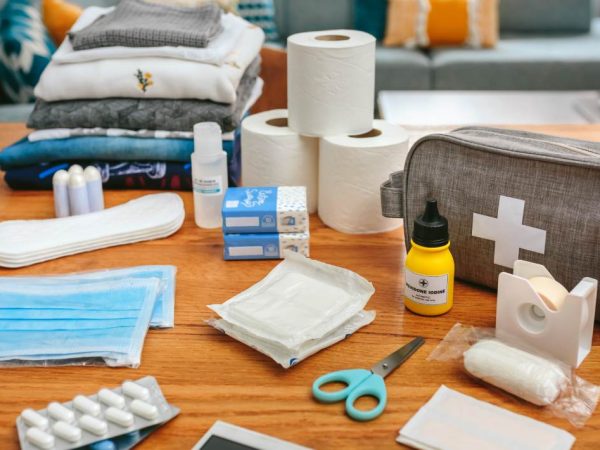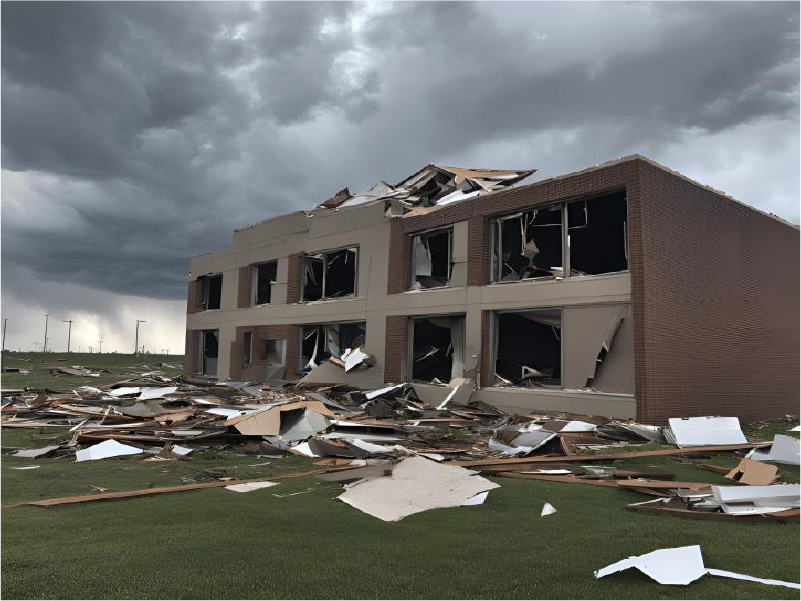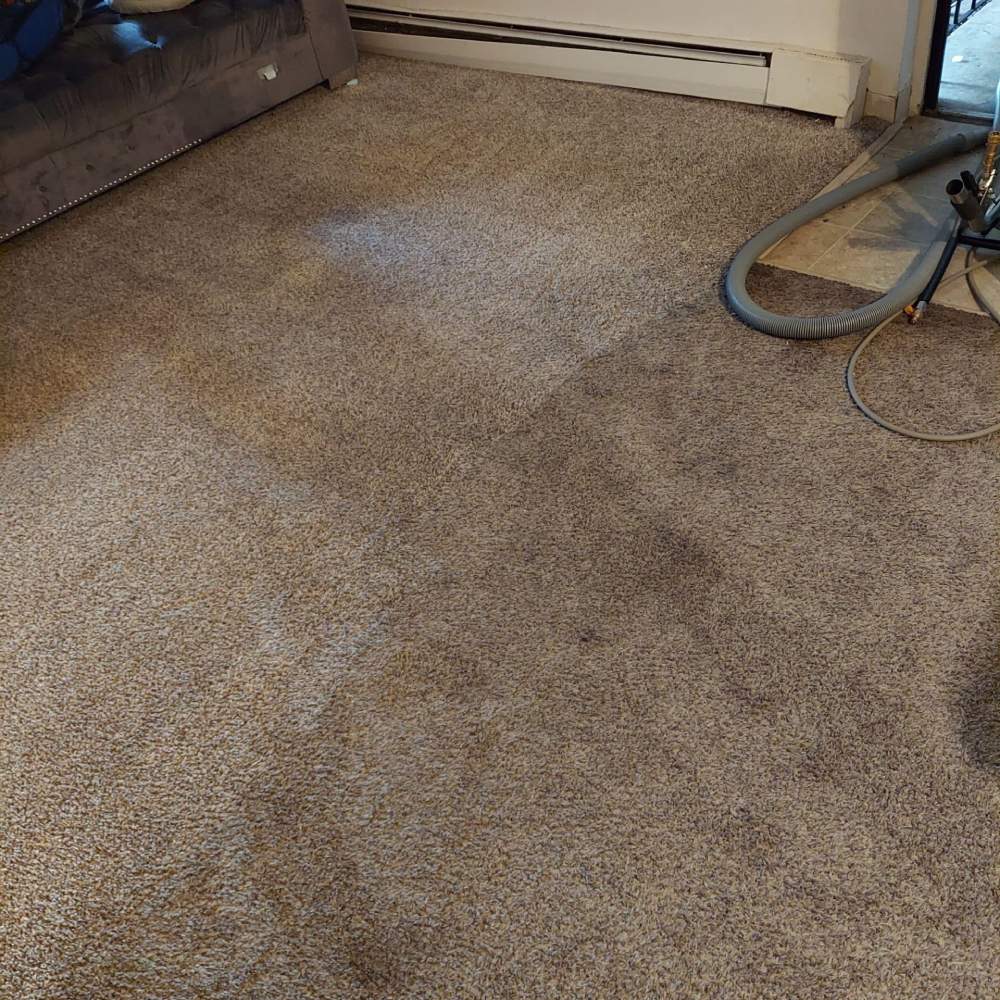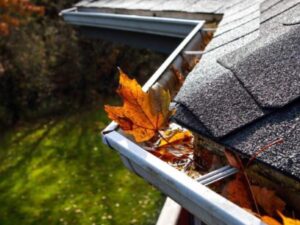September is National Preparedness Month and it’s important to be ready when disaster strikes. The best way to do this is by creating a disaster supplies kit. This kit is simply a collection of basic items your household may need in the event of an emergency. You should assemble your kit well in advance of an emergency. You may have to evacuate at a moment’s notice and take essentials with you. You will probably not have time to search for the supplies you need or shop for them.
You may need to survive on your own after an emergency. This means having your own food, water and other supplies in sufficient quantity to last for at least 72 hours. Local officials and relief workers will be on the scene after a disaster but they cannot reach everyone immediately. You could get help in hours or it might take days.
Additionally, basic services such as electricity, gas, water, sewage treatment and telephones may be cut off for days or even a week, or longer. Your supplies kit should contain items to help you manage during these outages.
A basic emergency supply kit could include the following recommended items:
- Water, one gallon of water per person per day for at least three days, for drinking and sanitation
- Food, at least a three-day supply of non-perishable food
- Battery-powered or hand crank radio and a NOAA Weather Radio with tone alert and extra batteries for both
- Flashlight and extra batteries
- First aid kit
- Whistle to signal for help
- Dust mask to help filter contaminated air and plastic sheeting and duct tape to shelter-in-place
- Moist towelettes, garbage bags and plastic ties for personal sanitation
- Wrench or pliers to turn off utilities
- Manual can opener for food
- Local maps
- Cell phone with chargers, inverter or solar charger
Once you have gathered the supplies for a basic emergency kit, you may want to consider adding the following items:
- Prescription medications and glasses
- Infant formula and diapers
- Pet food and extra water for your pet
- Cash or traveler’s checks and change
- Important family documents such as copies of insurance policies, identification and bank account records in a waterproof, portable container. You can use the Emergency Financial First Aid Kit – EFFAK (PDF – 977Kb) developed by Operation Hope, FEMA and Citizen Corps to help you organize your information.
- Sleeping bag or warm blanket for each person. Consider additional bedding if you live in a cold-weather climate.
- Complete change of clothing including a long sleeved shirt, long pants and sturdy shoes. Consider additional clothing if you live in a cold-weather climate.
- Household chlorine bleach and medicine dropper – When diluted, nine parts water to one part bleach, bleach can be used as a disinfectant. Or in an emergency, you can use it to treat water by using 16 drops of regular household liquid bleach per gallon of water. Do not use scented, color safe or bleaches with added cleaners.
- Fire extinguisher
- Matches in a waterproof container
- Feminine supplies and personal hygiene items
- Mess kits, paper cups, plates, paper towels and plastic utensils
- Paper and pencil
- Books, games, puzzles or other activities for children
In any emergency, a family member or you yourself may suffer an injury. If you have these basic first aid supplies you are better prepared to help your loved ones when they are hurt.
Knowing how to treat minor injuries can make a difference in an emergency. You may consider taking a first aid class, but simply having the following things can help you stop bleeding, prevent infection and assist in decontamination.
- Two pairs of Latex or other sterile gloves if you are allergic to Latex
- Sterile dressings to stop bleeding
- Cleansing agent/soap and antibiotic towelettes
- Antibiotic ointment
- Burn ointment
- Adhesive bandages in a variety of sizes
- Eye wash solution to flush the eyes or as general decontaminant
- Thermometer
- Prescription medications you take every day such as insulin, heart medicine and asthma inhalers. You should periodically rotate medicines to account for expiration dates.
- Prescribed medical supplies such as glucose and blood pressure monitoring equipment and supplies
Non-prescription drugs:
Aspirin or non-aspirin pain reliever
Anti-diarrhea medication
Antacid
Laxative
Other first aid supplies:
Scissors
Tweezers
Tube of petroleum jelly or another lubricant
Maintaining Your Kit
Just as important as putting your supplies together is maintaining them so they are safe to use when needed. Here are some tips to keep your supplies ready and in good condition:
- Keep canned food in a cool, dry place.
- Store boxed food in tightly closed plastic or metal containers to protect from pests and to extend its shelf life.
- Throw out any canned good that becomes swollen, dented or corroded.
- Use foods before they go bad and replace them with fresh supplies.
- Place new items at the back of the storage area and older ones in the front.
- Change stored food and water supplies every six months. Be sure to write the date you store it on all containers.
- Re-think your needs every year and update your kit as your family’s needs change.
Keep items in airtight plastic bags and put your entire disaster supplies kit in one or two easy-to-carry containers, such as an unused trashcan, camping backpack or duffel bag.
Kit Storage Locations
Since you do not know where you will be when an emergency occurs, prepare supplies for home, work and vehicles.
Home:
Your disaster supplies kit should contain essential food, water and supplies for at least three days. Keep this kit in a designated place and have it ready in case you have to leave your home quickly. Make sure all family members know where the kit is kept. Additionally, you may want to consider having supplies for sheltering for up to two weeks.
Work:
You need to be prepared to shelter at work for at least 24 hours. Make sure you have food and water and other necessities like medicines in your kit. Also, be sure to have comfortable walking shoes at your workplace in case an evacuation requires walking long distances. Your kit should also be in one container and ready to “grab and go” in case you are evacuated from your workplace.
Vehicle:
In case you are stranded, keep a kit of emergency supplies in your car. This kit should include:
- Jumper cables
- Flashlights and extra batteries
- First aid kit and necessary medications in case you are away from home for a prolonged time
- Food items containing protein such as nuts and energy bars; canned fruit and a portable can opener
- Water for each person and pet in your car
- AM/FM radio to listen to traffic reports and emergency messages
- Cat litter or sand for better tire traction
- Shovel
- Ice scraper
- Warm clothes, gloves, hat, sturdy boots, jacket and an extra change of clothes
- Blankets or sleeping bags
Also consider:
A fully-charged cell phone and phone charger
Flares or reflective triangle
Baby formula and diapers if you have a small child
Be prepared for an emergency by keeping your gas tank full and if you find yourself stranded, be safe and stay in your car, put on your flashers, call for help and wait until it arrives.










